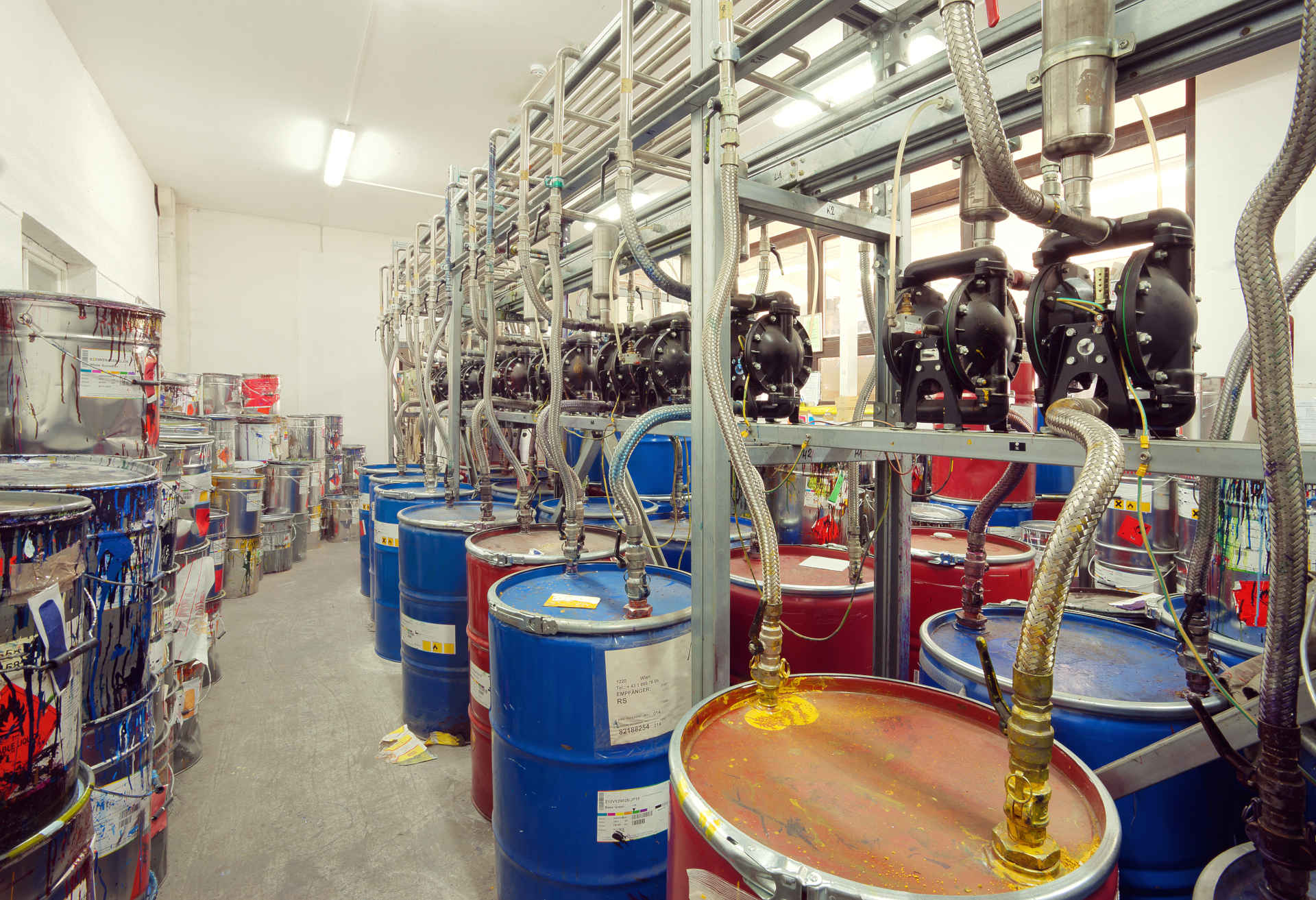GAS DETECTION & MONITORING
Safeguarding people and buildings
Not everyone is familiar with the automation technology that monitors and detects toxic and /or combustible gasses. The automation technology that ensures occupant health and environmental safety. We are and have done many gas monitoring projects. It is actually a specialty of ours.

Combustible Gasses
As an extremely low concentration of some toxic gasses can present a health hazard, sensors can be put in place to monitor and provide a warning well before gas levels reach harmful concentrations. If levels do exceed the set limit, an alarm can be triggered and the ventilation system activated to dilute the gas and/or the source of the gas can be cut off. If need be, it is also possible to program the system to send an alarm to the proper authorities.
Examples of toxic gasses frequently monitored are carbon monoxide (CO), carbon dioxide (CO2) nitrogen dioxide (NO2), hydrogen sulfide (H2S), and refrigerant.
Benefits of a UMC Design-Build Solution
In many environments, such as chemical plants and process manufacturing, it is necessary to monitor the LEL (Lower Explosive Limits) of combustible gasses to determine how close the air mixture is to igniting. Hydrogen, butane, methane, ammonia, and ethylene are examples of combustible gasses commonly monitored. If levels do exceed the set limit, the source of the gas can be cut off and , if need be, the proper authorities notified.

